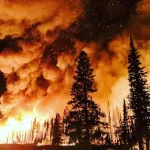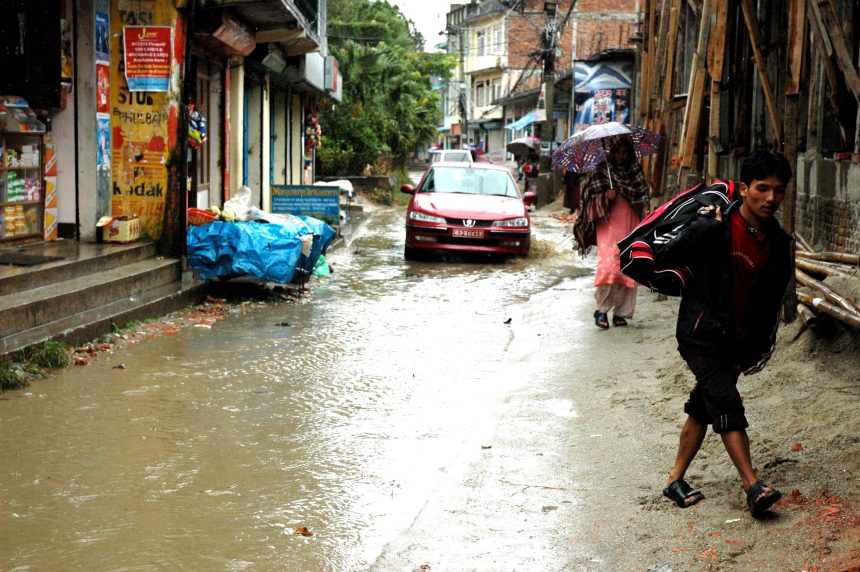Sudden Deluge Sparks Deadlie Flash Flood
A sudden downpour swept through a popular pilgrimage route in Indian-administered Kashmir, triggering devastating flash floods that have claimed the lives of at least 34 individuals, with more than 200 still missing. The incident marks the second major Himalayan disaster in just over a week, amplifying fears around increasingly extreme weather patterns in the region.
Pilgrims Caught in the Deluge
Authorities reported that many of the victims were pilgrims navigating a well-trodden mountain path when the rainfall escalated into a deadly torrent. Local officials described how the swift flow of water and debris washed people away, leaving rescuers scrambling to reach remote and rugged areas.
Rescue Operations Underway in Harsh Terrain
Search and rescue teams—including local police, disaster management authorities, and mountain rescue units—are actively combing the affected zones. The perilous terrain and unpredictable weather complicate operations, and the death toll is expected to rise as teams gain better access to isolated areas.
A Pattern of Climatic Extremes
This calamity follows closely on the heels of another flooding disaster in nearby Uttarakhand, underscoring a troubling trend of cloudbursts and flash floods fueled by climate change. Unplanned development in fragile Himalayan ecosystems is exacerbating vulnerability to such sudden, rain-induced catastrophes.
Political Response and Emergency Coordination
Prime Minister Narendra Modi has pledged full support, stating that rescue and relief operations are being prioritized and monitored closely. Meanwhile, regional authorities continue coordinating evacuation efforts, medical assistance, and support for displaced families.
The disaster starkly illustrates the growing peril facing Himalayan communities amid changing climatic conditions—and emphasizes the urgent need for strengthened early warning systems, sustainable land-use practices, and enhanced disaster preparedness.











